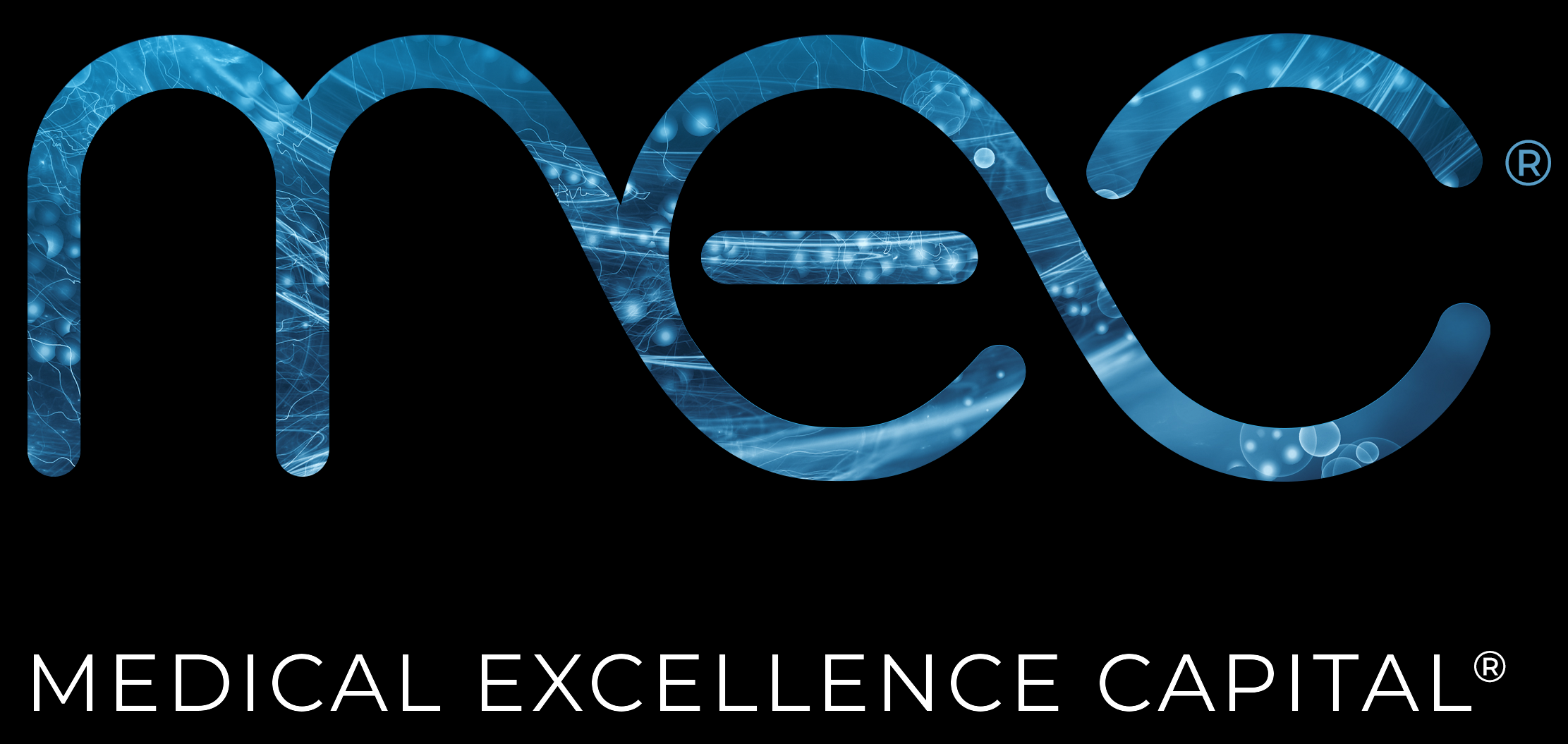Delivery Innovation hits Gene Therapy
Gene delivery is a critical element of gene therapy development, as it impacts both safety and efficacy. In the last decade, gene therapy research and development has progressed at record levels and accelerated even further in recent years. While identifying gene mutations associated with diseases is a significant focus of research for new therapeutics, ensuring that a corrected gene treatment reaches its intended target has become a higher priority, as newer technologies provide diverse, promising approaches to treating diseases. Consequently, gene delivery development must keep pace with advances on the therapeutic side.
Viral versus Non-Viral approaches
Gene delivery approaches are traditionally segmented into viral and non-viral strategies. Viral approaches use viral vectors to deliver the genetic material into the cell and account for approximately 82% of all worldwide products in development according to a 2021 McKinsey report.1 These viruses deliver the material by infecting the cell, however, the virus has been modified, so it does not cause disease.2 There are many different viruses that are used to deliver genes with adeno-associated virus (AAV), lentivirus, and adenovirus being the most common viruses used for delivery. In mid-August 2022, Bluebird Bio received FDA approval for the first lentiviral cell-based gene therapy product, Zynteglo, for patients with beta-thalassemia. In 2017, Spark Therapeutic’s Luxturna was the first AAV-based approach approved, and as recently as last week, the FDA approved Ferring’s adenoviral vector-based gene therapy for bladder cancer. Viral approaches can differ in a number of ways that include targets, size of the gene payload that can be carried efficiently, and integration into the host genome, among others.
Non-viral approaches, on the other hand, can be further segmented into non-viral vectors or physical/ chemical approaches. Lipid nanoparticle delivery has become the most common non-viral vector approach. Chemical/physical approaches to gene delivery do not use vector delivery technology but rather use methods to alter the cell’s structure, allowing the available genetic payload to enter the cell. Examples of these methods include electroporation (the use of an electric field to induce cell membrane poration), optoporation (the use of short laser pulses to induce cell membrane poration), and sonoporation (the use of ultrasound to induce cell membrane poration).3
All three methods of delivery described above come with their share of advantages and disadvantages. Viral vectors tend to be efficient but oftentimes suffer from a limited payload capacity and the possibility of oncogenic effects in certain vectors.2 Viral-vector gene therapy success also depends on its ability to get past the human immune system to be effective. Developing immunity to viral vectors poses further challenges for viral-vector gene delivery technologies in the long term, because patients treated with a viral vector gene therapy today may not be able to receive a second gene therapy in the future if the same viral vector is utilized later.
Non-viral vectors are usually safe with low cytotoxicity but may also have low transfection efficiency.3 Non-viral non-vector approaches are usually non-invasive but can cause tissue damage and targeting the correct cells may be of concern.2 Several companies are focused on improving these three methods.
SonoThera: a Non-Viral Method with Promise
MEC is focused on advancing delivery strategies that solve some of the problems associated with current approaches. We recently invested in SonoThera, a company focused on addressing concerns with traditional gene delivery. The company uses a non-viral ultrasound-guided sonoporation delivery platform that will allow for the targeting of cells in multiple organs with the intent to increase the safety and efficiency that has traditionally plagued this type of approach. SonoThera’s team, led by Ken Greenberg, brings the knowledge and experience to the space to successfully bring more options for safe and efficient therapeutic delivery. We are excited to be part of SonoThera’s journey and look forward to their future developments.
———————————-
3MDPI
This post was prepared in good faith by MEC in December 2022 based upon information from sources that are believed to be reliable. The contents herein contain a description of an investment made by MEC. References to any investment included herein should not be construed as a recommendation of any particular investment or security. Specific investments identified or described do not represent all of the investments completed by MEC, and the reader should not assume that the transactions discussed were or will be profitable. It should not be assumed that investments made in the future will be comparable in quality or performance to the investment described herein.
